- +033 2572 7171
- info@dhanvantary.com

4.5 Rating | 4500 Review

4.5 Rating | 4500 Review
An intervertebral disc is a cushion-like structure located between the bones (vertebrae) of the spine. It acts as a shock absorber, helping the spine stay flexible and supporting movement. Each disc has a soft, gel-like centre (nucleus pulpous) surrounded by a tough outer layer (annulus fibrosus).
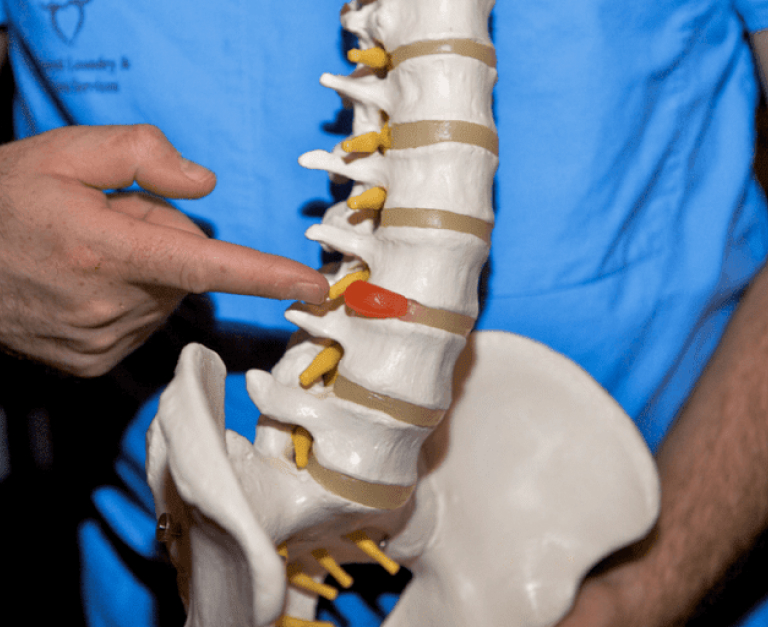
In cases of a bulged or herniated disc, the outer layer weakens or tears, allowing the inner gel to push out. If it only bulges without rupturing, it's a bulged disc. If the gel leaks out due to a tear, it's called a herniated or slipped disc.
As we age, discs lose water content and become less flexible, increasing the risk of bulging.
Sudden movements or injuries, especially in physically demanding jobs, can damage discs.
Prolonged poor posture strains the spine and can lead to disc issues.
Extra weight puts more pressure on the spine, increasing the risk of disc problems.
There are two main types of Beri Beri, based on the symptoms they produce :
Usually in the neck, back, or radiating down the legs (sciatica).
Commonly in the arms or legs if nerves are compressed.
Reduced muscle strength due to nerve compression.
Stiffness and difficulty moving certain ways.
In Ayurveda, a bulged disc is seen as an imbalance of Vata dosha, which is the energy related to movement, flexibility, and the nervous system. Vata imbalance can cause dryness and stiffness in the body, making areas like the spine more vulnerable to wear and tear. When Vata is out of balance, it can lead to issues like a bulged disc, where the cushioning disc between the spine bones shifts out of place.
Panchakarma : Detoxifying procedures, like Kati Basti (oil therapy on the lower back), to relieve pain and inflammation.
Kati Basti : A warm oil treatment on the lower back to reduce pain and stiffness.
Oil Massage (Abhyanga) : A full-body oil massage to help reduce dryness and stiffness by nourishing the tissues.
Basti (Herbal Enema) : Herbal enemas are used to balance Vata and help with pain relief and spinal support.
Eat warm, moist, and nourishing foods like soups, ghee, and cooked vegetables to help balance Vata.
Keep a regular routine, avoid heavy lifting, and practice gentle exercises to keep the spine strong.
Gentle yoga poses and breathing exercises help improve flexibility, reduce stress, and balance Vata.
Ayurveda uses special herbs and tonics to help slow down tissue aging, support healing, and boost overall strength.
Ayurveda offers several herbs that are beneficial in managing and treating a bulged disc by helping to reduce inflammation, relieve pain, strengthen tissues, and balance Vata dosha. Here are some commonly used Ayurvedic herbs:
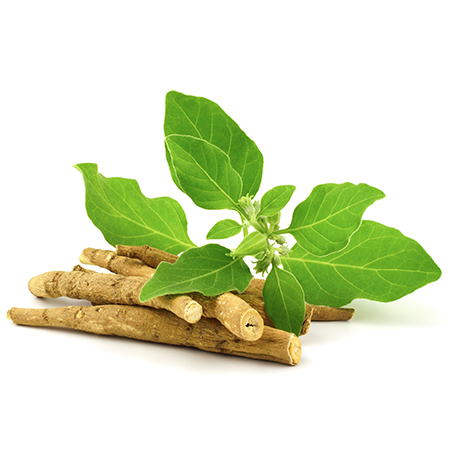
Known for its strong anti-inflammatory and pain-relieving properties, Guggulu helps reduce swelling and supports joint and spinal health. Specific formulations like Yogaraj Guggulu and Kaishore Guggulu are often used for musculoskeletal disorders.
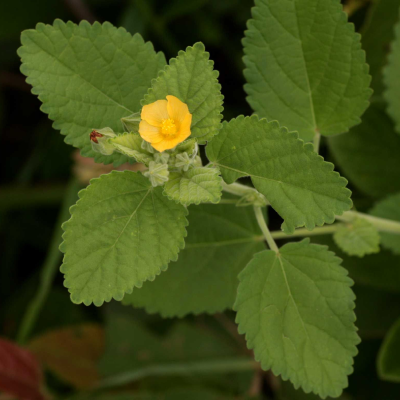
Often referred to as "Indian frankincense," Shallaki is excellent for reducing inflammation and pain. It supports flexibility in the spine and helps alleviate symptoms associated with a bulged disc.
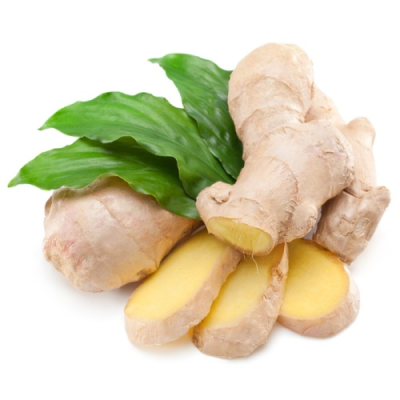
This herb is traditionally used to ease joint pain and stiffness. It balances Vata and supports the musculoskeletal system, making it beneficial for bulged disc issues.
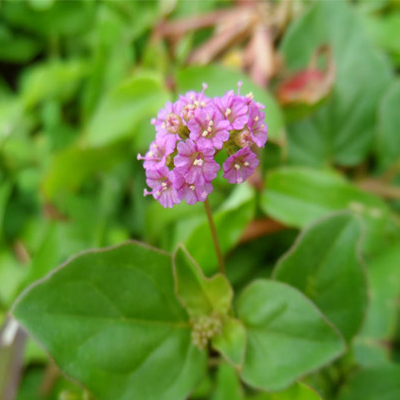
Known for its anti-inflammatory effects, Musta helps in reducing pain and controlling inflammation, particularly useful for managing Vata disorders.

Bala, meaning “strength” in Sanskrit, helps strengthen the muscles and nerves. It is often used in oil form (Bala oil) for massage to relieve nerve pain and improve muscle tone.

Known for its analgesic and anti-inflammatory properties, Nirgundi helps relieve pain and stiffness. The oil form of Nirgundi is often applied topically to soothe pain.

A powerful adaptogen and rejuvenating herb, Ashwagandha helps in tissue repair, reduces stress, and strengthens muscles and bones. It supports nerve function and helps counter Vata imbalance, aiding in the healing process.
